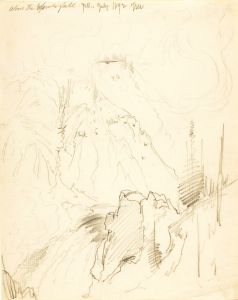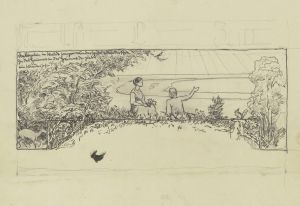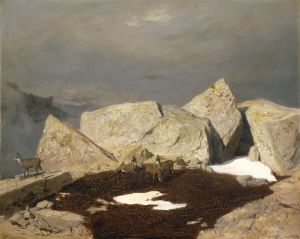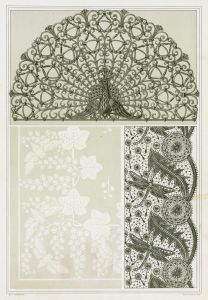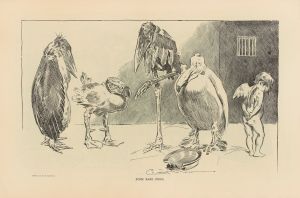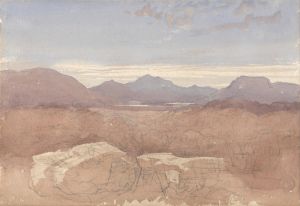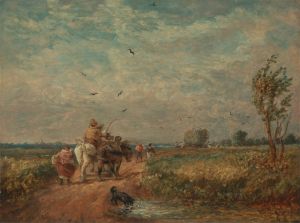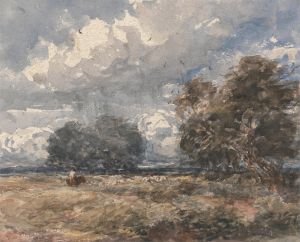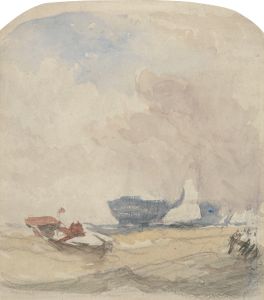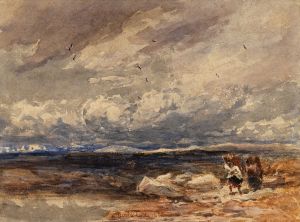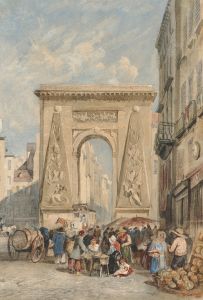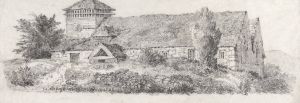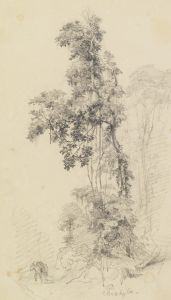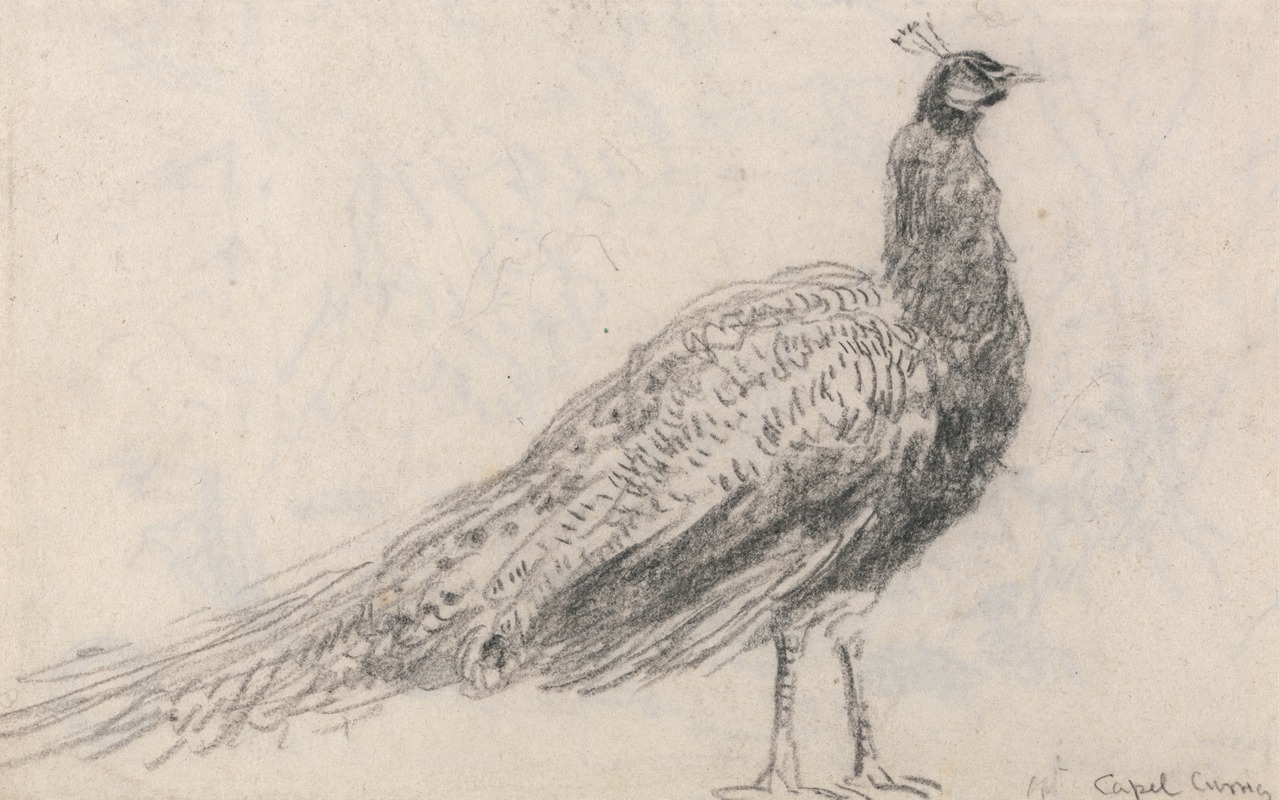
Peacock at Capel Curig
A hand-painted replica of David Cox’s masterpiece Peacock at Capel Curig, meticulously crafted by professional artists to capture the true essence of the original. Each piece is created with museum-quality canvas and rare mineral pigments, carefully painted by experienced artists with delicate brushstrokes and rich, layered colors to perfectly recreate the texture of the original artwork. Unlike machine-printed reproductions, this hand-painted version brings the painting to life, infused with the artist’s emotions and skill in every stroke. Whether for personal collection or home decoration, it instantly elevates the artistic atmosphere of any space.
"Peacock at Capel Curig" is a watercolor painting by the renowned British artist David Cox, who is celebrated for his contributions to the English landscape painting tradition. Cox was born in 1783 in Birmingham, England, and became a prominent figure in the development of watercolor painting during the 19th century. His works are known for their vibrant use of color and atmospheric effects, capturing the essence of the British countryside.
The painting "Peacock at Capel Curig" is believed to have been created during one of Cox's visits to North Wales, a region that inspired many of his works. Capel Curig is a village located in the heart of Snowdonia, an area known for its rugged landscapes and natural beauty. This setting provided Cox with ample inspiration to explore the interplay of light and atmosphere, which are hallmarks of his artistic style.
In "Peacock at Capel Curig," Cox employs his mastery of watercolor to depict a scene that is both lively and serene. The painting features a peacock, an unusual subject for Cox, set against the backdrop of the Welsh landscape. The choice of a peacock, with its vibrant plumage, allows Cox to experiment with color contrasts and textures, showcasing his skill in capturing the iridescence and detail of the bird's feathers. The landscape itself is rendered with Cox's characteristic loose brushwork, which conveys a sense of movement and the transient effects of light and weather.
Cox's approach to watercolor was innovative for his time. He often used a wet-on-wet technique, allowing colors to blend and flow into one another, creating soft edges and atmospheric depth. This method is evident in "Peacock at Capel Curig," where the washes of color in the sky and landscape create a harmonious and unified composition. The painting reflects Cox's ability to convey mood and emotion through his depiction of nature, a quality that has earned him a lasting place in the history of British art.
Throughout his career, David Cox was associated with the Birmingham School of artists and was a key figure in the development of the watercolor medium. His works were exhibited at the Royal Academy and other prestigious institutions, gaining him recognition and influence among his contemporaries. Cox's paintings, including "Peacock at Capel Curig," continue to be admired for their technical skill and evocative portrayal of the natural world.
Today, Cox's works are held in numerous public and private collections, and he is remembered as one of the leading figures in the Romantic movement in British art. "Peacock at Capel Curig" remains a testament to his artistic vision and his ability to capture the beauty and complexity of the landscape through the medium of watercolor.





